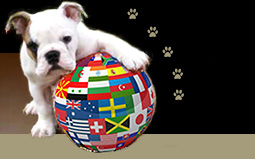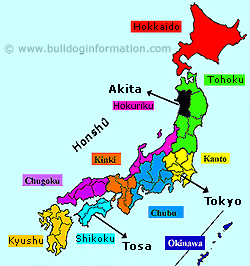Dog Breeds of the World 2004-2010 © All rights reserved
www.dogbreedsoftheworld.org and
Japanesedogs.bulldoginformation.com.
Original idea, design and development by C. Marien-de Luca. Photos of the Dog Breeds of the World sphere of flags by by Mark Stay.
No part of Dogbreeds.bulldoginformation.com may be copied, distributed, printed or reproduced on another website without the owner's written permission.































